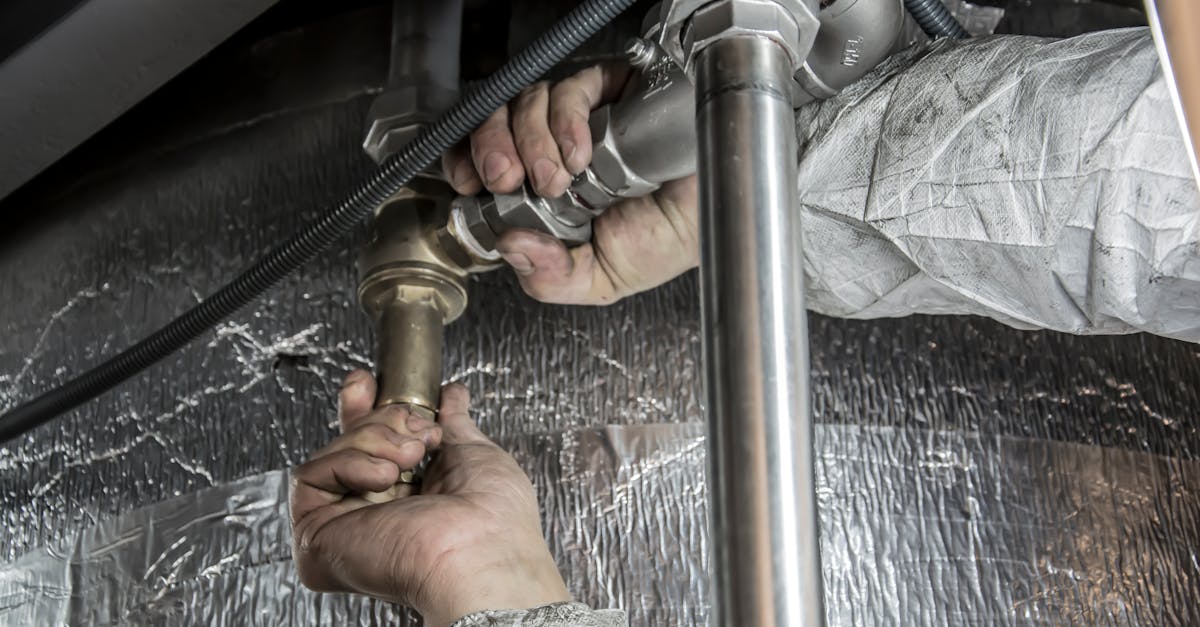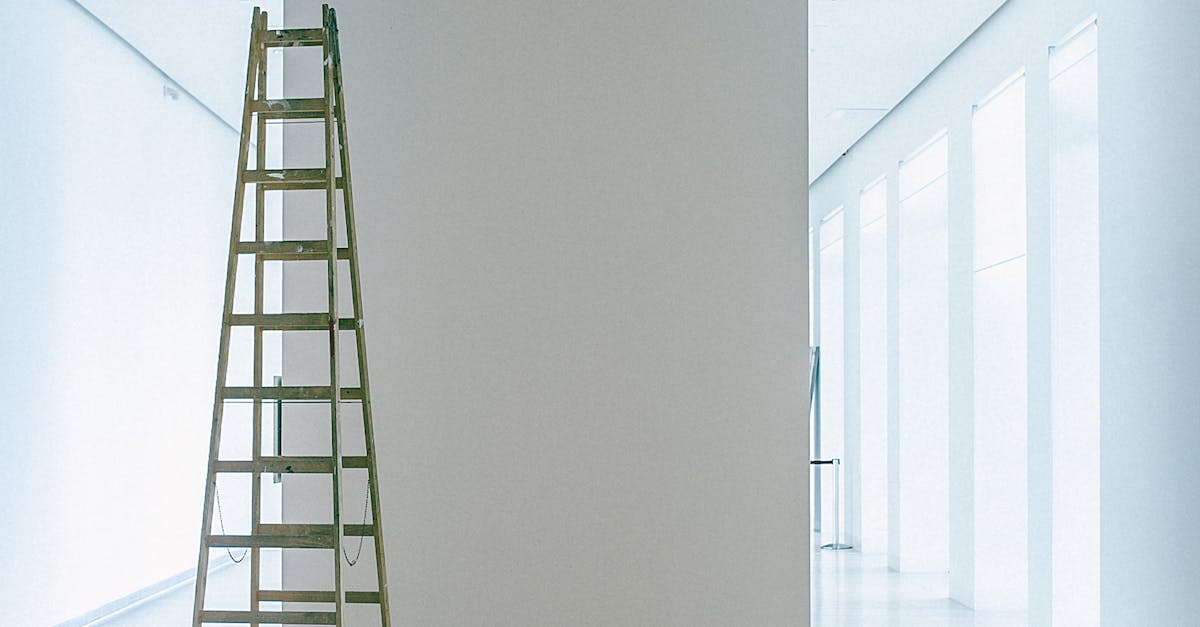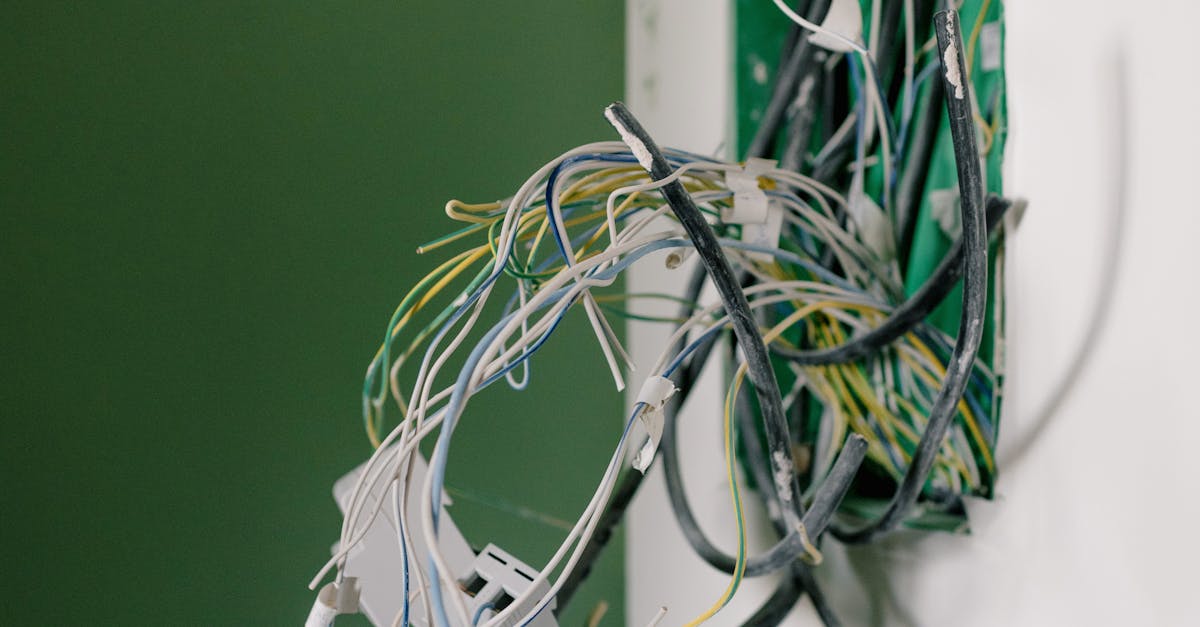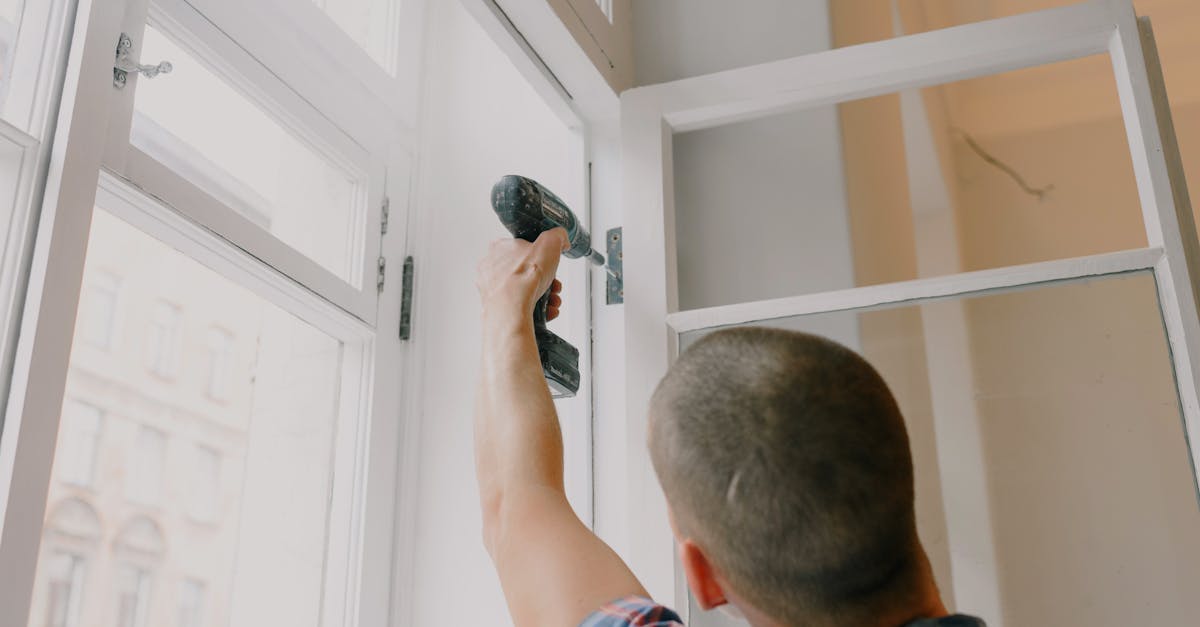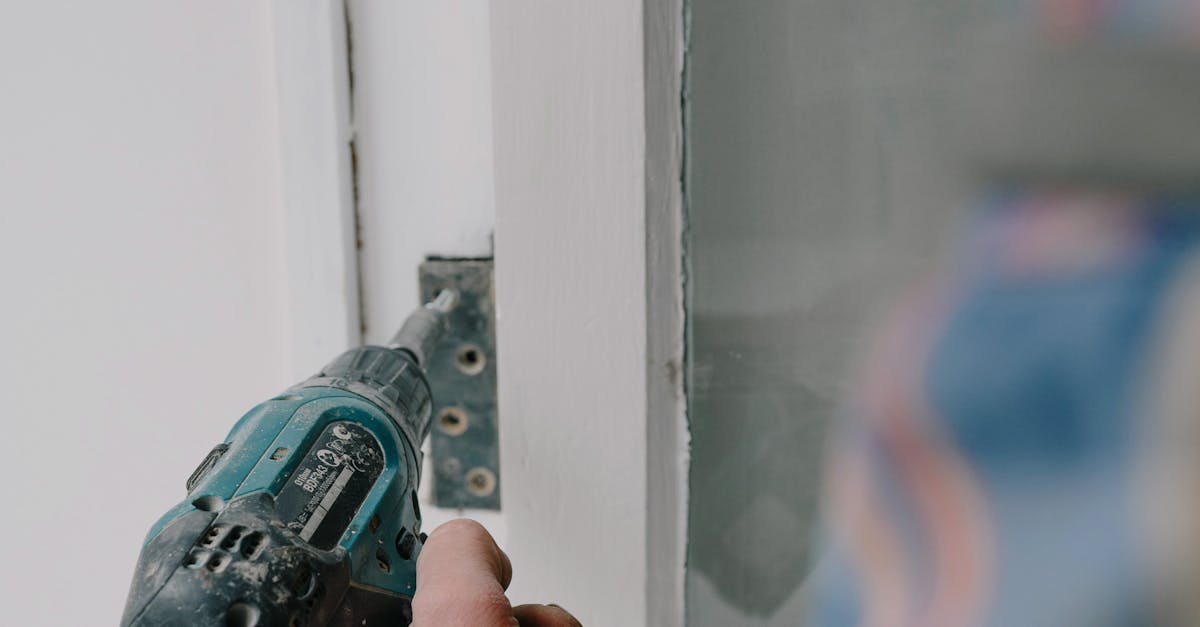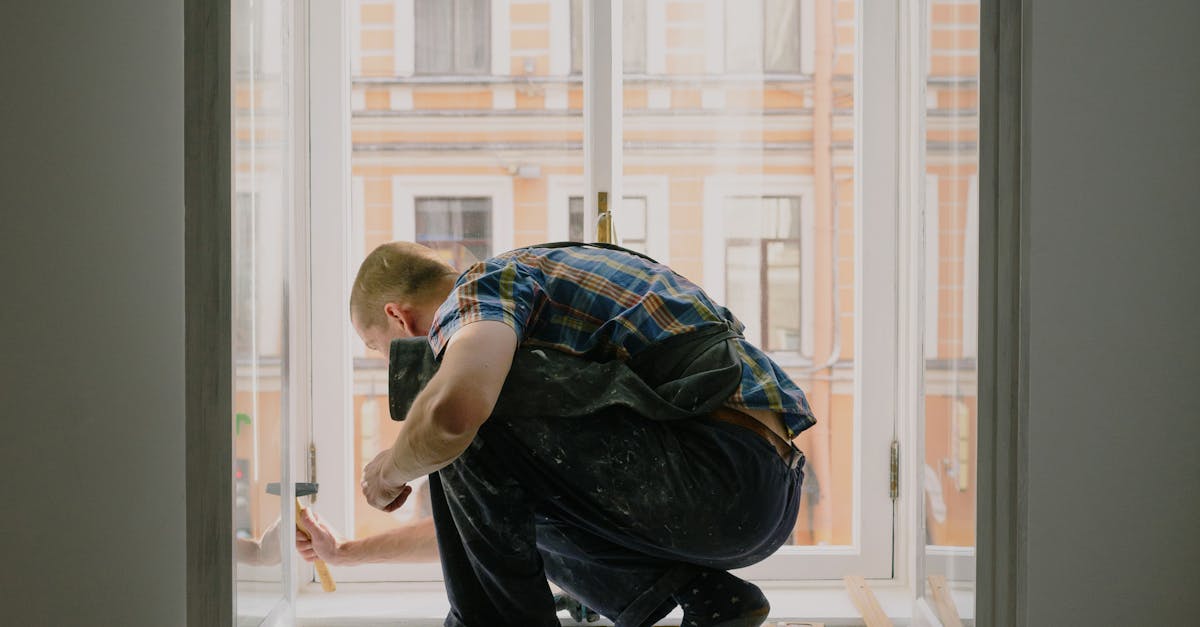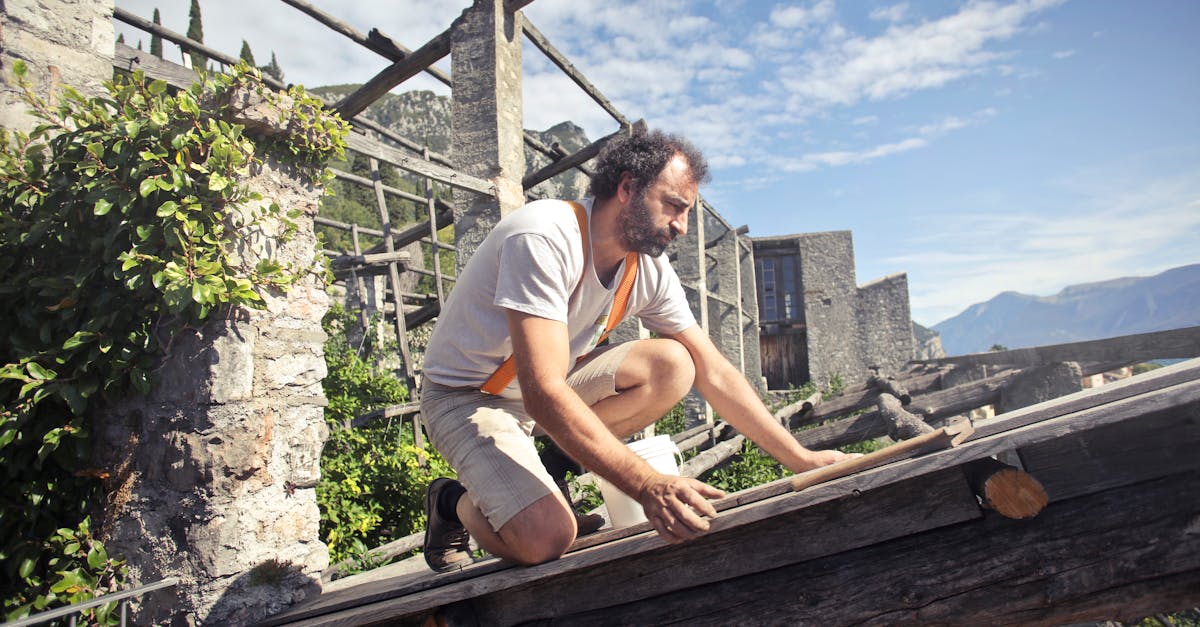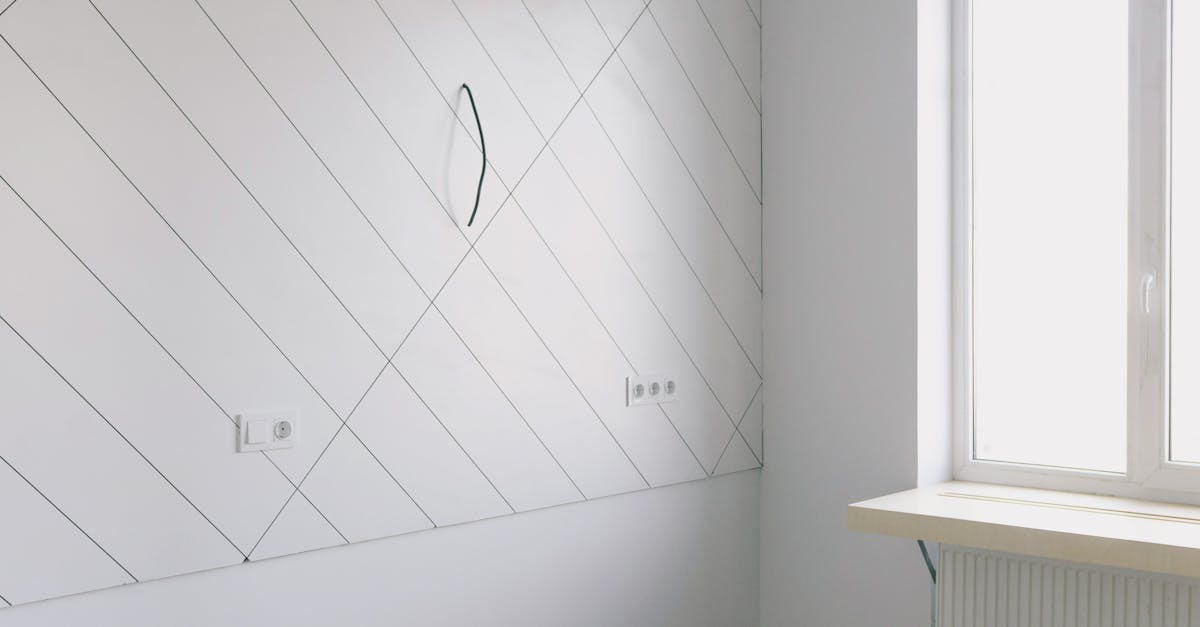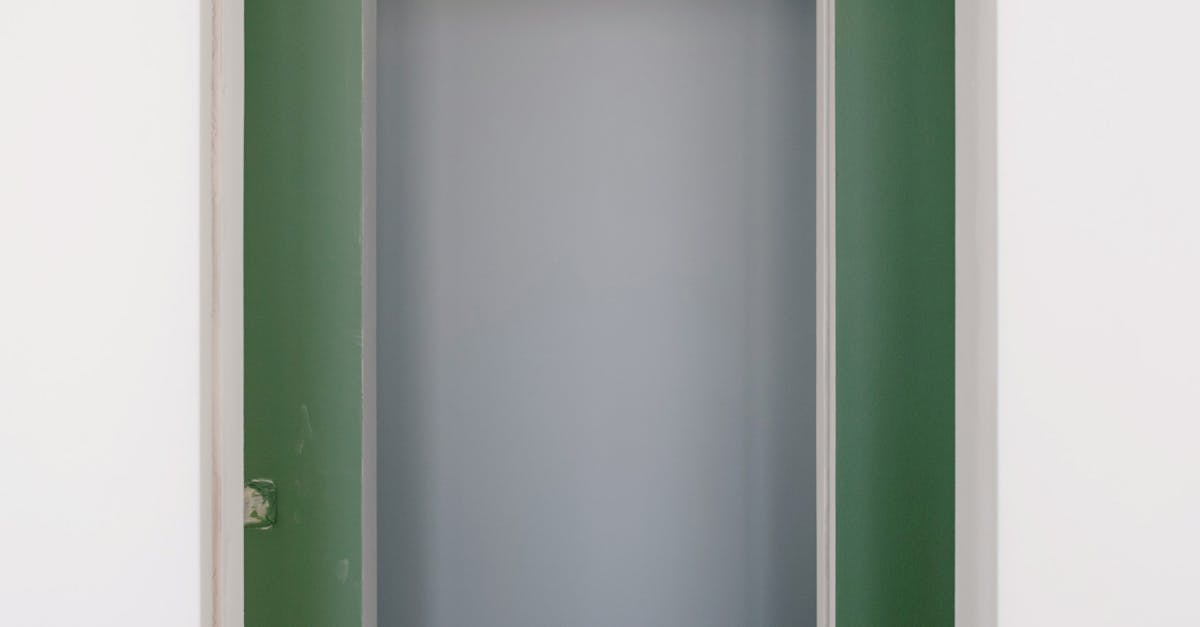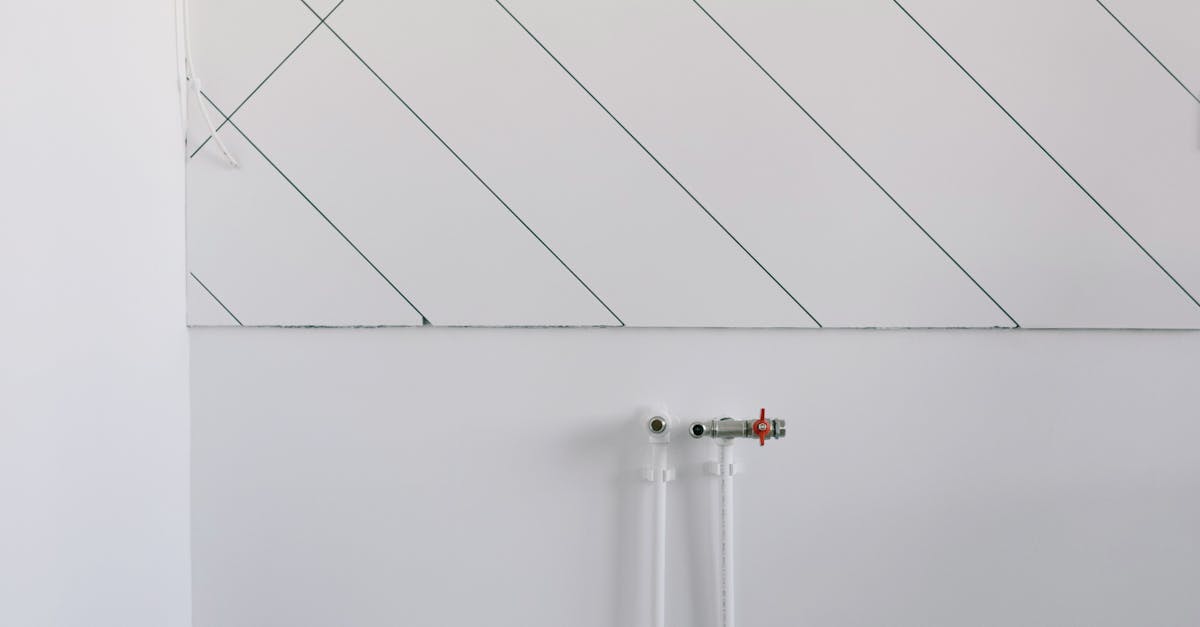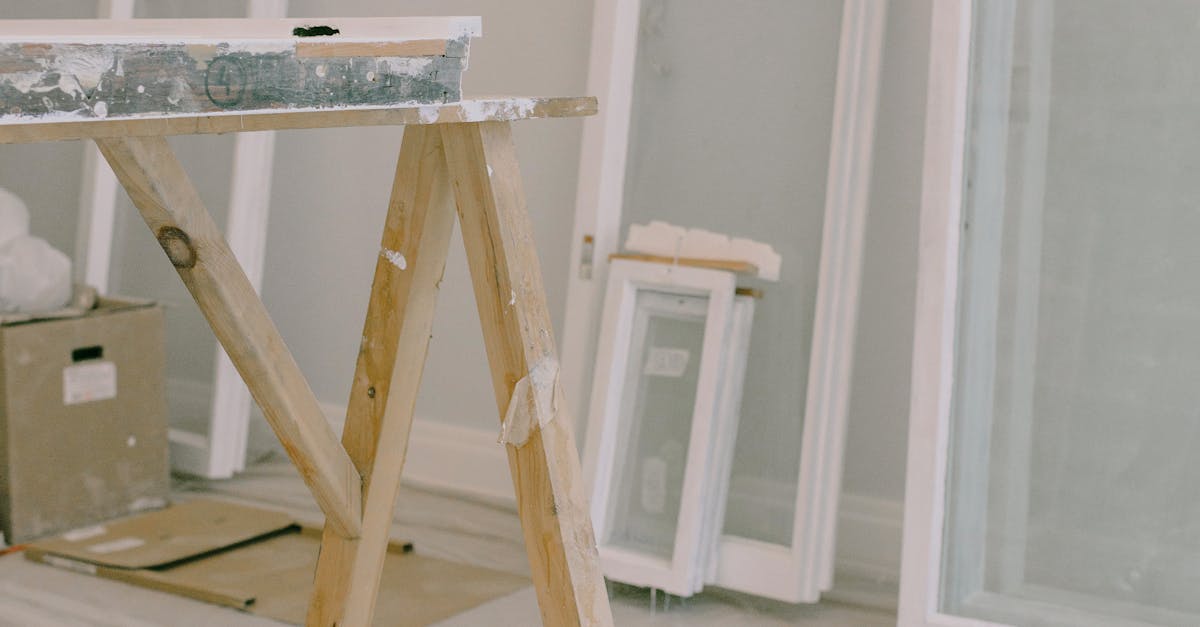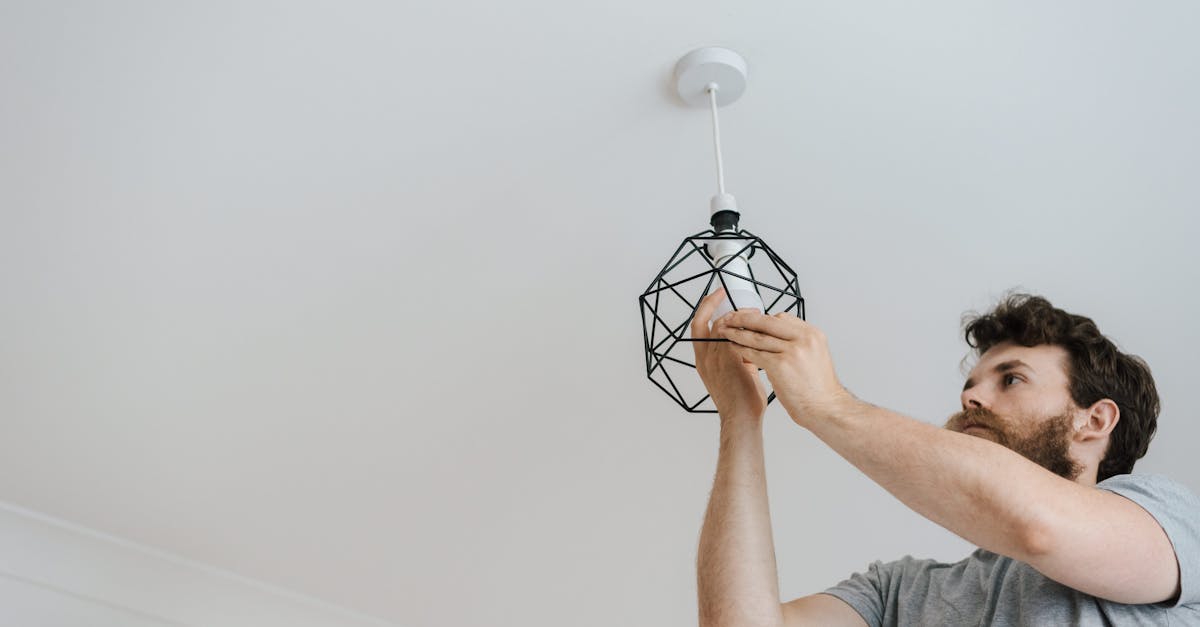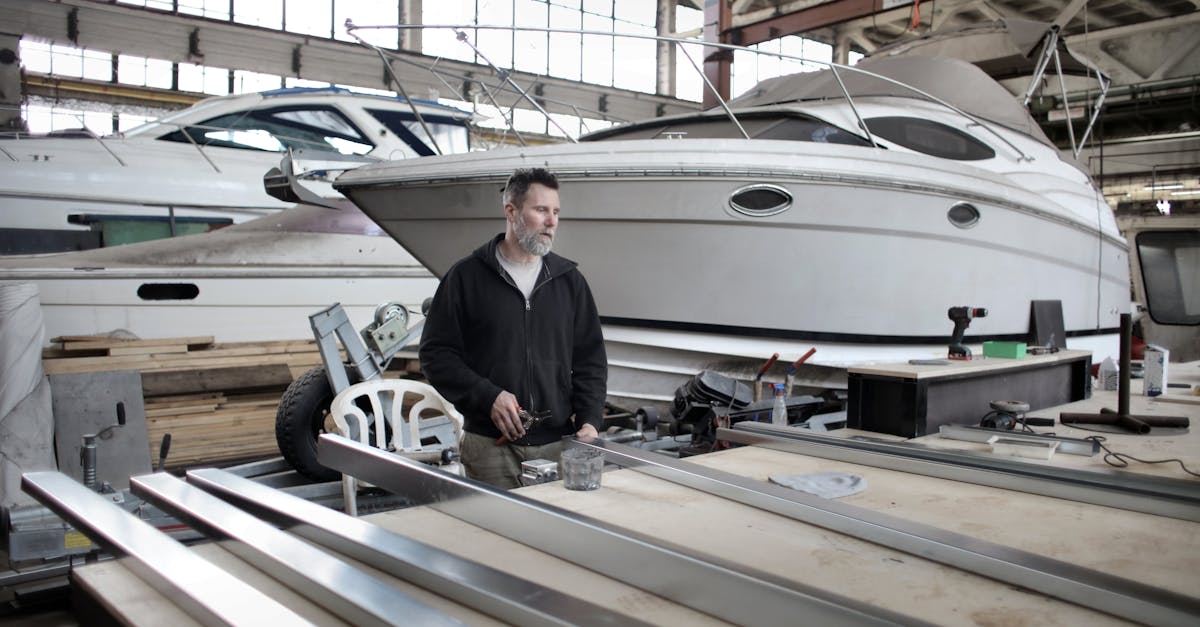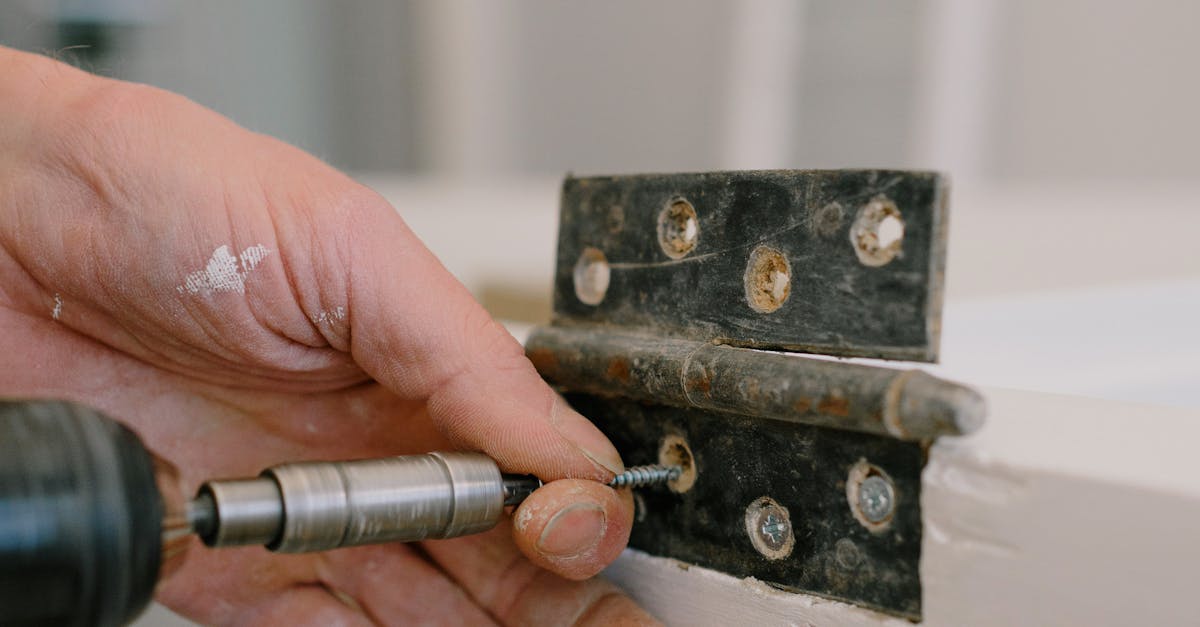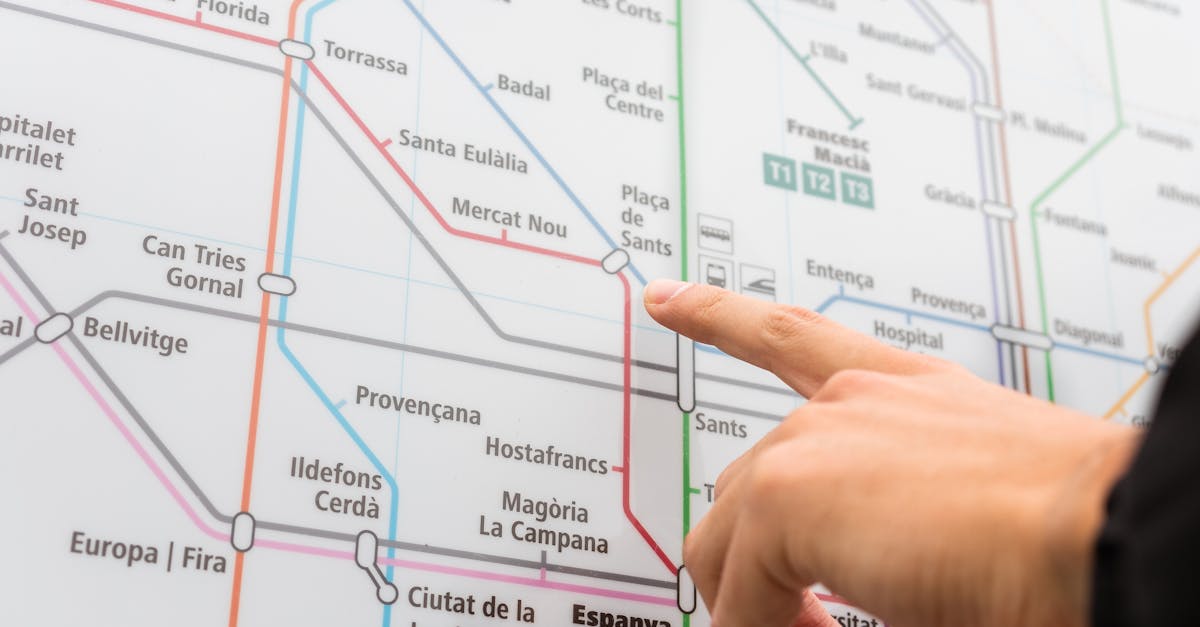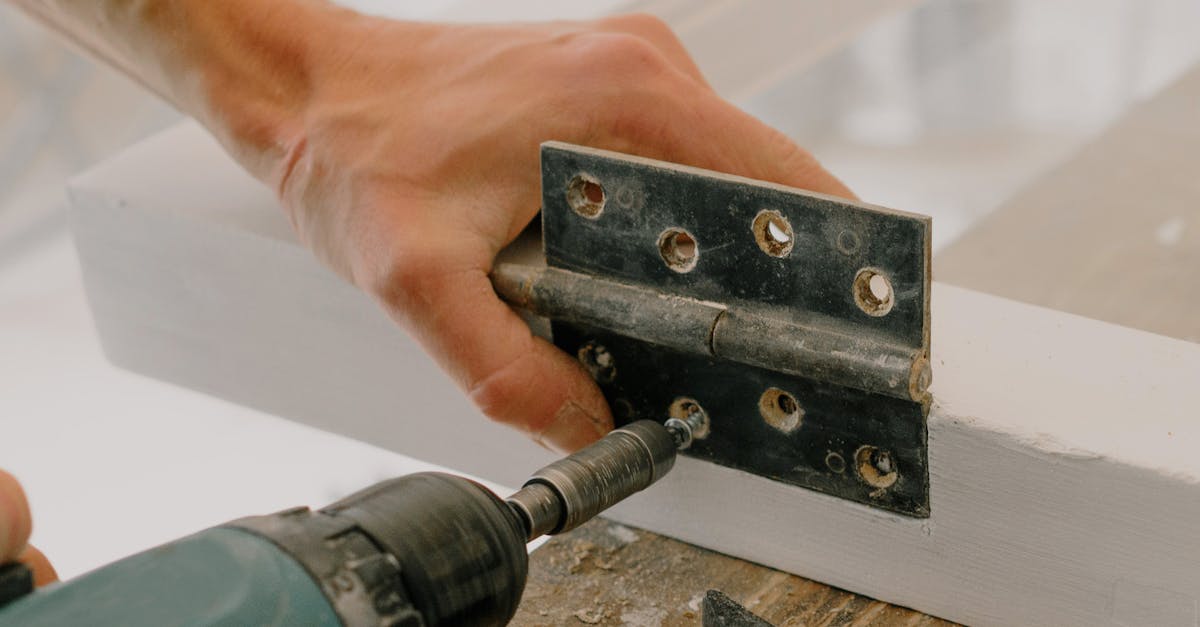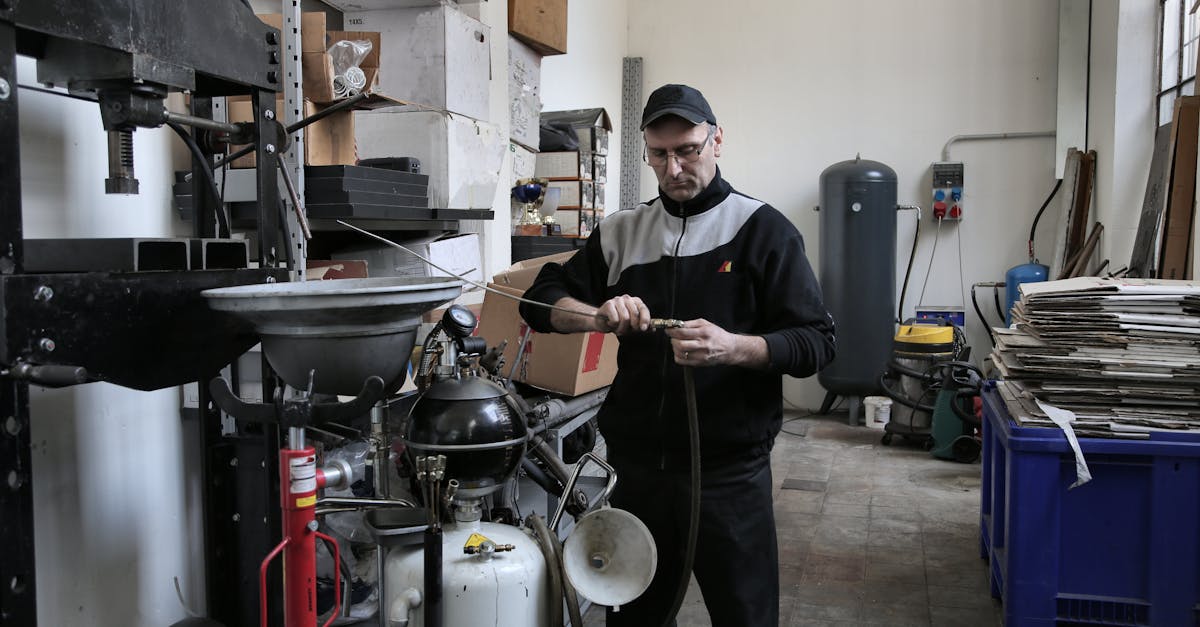
Table Of Contents
Mitigation Strategies for Gas Installation Risks
Effective mitigation strategies for gas installation risks are essential to ensure safety and compliance with regulations. Regular training for personnel involved in gas line installation and repair equips them with necessary skills to handle equipment and emergency scenarios. Implementing comprehensive safety protocols, including regular inspections and maintenance schedules, can significantly reduce the likelihood of hazards. It is also vital to use high-quality materials and adhere to industry standards, which helps prevent leaks and failures in gas systems.
Another crucial strategy is the incorporation of advanced monitoring technology. This includes the installation of gas detectors and automated shut-off valves that can alert operators to potential issues before they escalate. Furthermore, engaging in community awareness programs educates the public about the importance of reporting gas leaks and the proper response actions. By fostering collaboration between installation teams and regulatory bodies, a culture of safety is established, promoting continuous improvement in gas line installation and repair processes.
Effective Safety Measures
Implementing effective safety measures is essential in gas line installation and repair to prevent accidents and ensure compliance with regulations. Personnel must be trained in proper handling techniques and emergency response procedures. Regular maintenance checks should be mandatory to identify potential issues before they escalate into serious hazards. Comprehensive inspections help in identifying any wear and tear or potential leaks during gas line installation and repair operations.
Personal protective equipment (PPE) plays a critical role in safeguarding workers during installation and repair tasks. Appropriate clothing, gloves, and respiratory protection should always be utilised to mitigate health risks. Furthermore, monitoring systems can be beneficial for detecting gas leaks in real-time, providing an additional layer of safety. Establishing a culture of safety within the workplace encourages adherence to safety protocols, ultimately protecting both workers and the surrounding environment during gas line installation and repair.
Importance of Regular Risk Assessments
Regular risk assessments are essential in maintaining the safety and functionality of gas installations. These assessments provide a comprehensive evaluation of potential hazards associated with gas line installation and repair. By identifying risks early, stakeholders can implement preventive measures, ensuring that both installations and repairs meet the required safety standards. This proactive approach not only protects workers and residents but also enhances the integrity of the gas systems in place.
Conducting assessments on a routine basis is crucial for adapting to any new developments within the installation environment. Changes in regulations, technology, or operational practices can create new risks that might not have been present during previous evaluations. Therefore, ongoing risk assessments provide an opportunity to stay compliant and up to date with best practices in gas line installation and repair. This commitment to safety can significantly reduce the likelihood of accidents, ensuring peace of mind for both service providers and the communities they serve.
Maintaining Safety Standards Over Time
Regular evaluations of gas line installation and repair procedures are essential to uphold safety standards in any setting. Over time, regulations and technology change, necessitating updates to existing systems. Routine risk assessments ensure that installations meet current compliance requirements and incorporate the latest safety practices. These assessments help identify potential hazards and rectify them before they lead to serious incidents.
In addition to regulatory compliance, consistent monitoring enhances the overall reliability of gas installations. Integrating advanced safety measures, such as leak detection systems, can significantly reduce the likelihood of accidents. Training personnel on the latest protocols ensures that everyone involved in gas line installation and repair remains informed about best practices. These ongoing efforts create a safer environment for both workers and the public, thus reinforcing the importance of maintaining high safety standards over time.
The Impact of Poor Risk Assessments
Inadequate risk assessments can lead to significant dangers in gas installations. Neglecting to identify potential hazards may result in leaks, fires, or explosions. These events not only threaten the safety of individuals involved but also compromise the integrity of surrounding properties. When gas line installation and repair are mishandled, the repercussions can be catastrophic, highlighting the importance of thorough evaluations before commencement.
Additionally, poor risk assessments can have financial implications for businesses. Incidents arising from negligence can lead to costly repairs, legal liabilities, and insurance claims. The reputation of a company may suffer, resulting in lost customers and diminished trust in their services. Prioritising comprehensive evaluations during gas line installation and repair is essential for ensuring both safety and operational sustainability in the long term.
Consequences of Negligence in Gas Installations
Negligence in gas installations can result in severe consequences, both for individuals and the wider community. Leaks caused by improper handling or maintenance of gas line installation and repair can lead to fire hazards, explosions, and even fatalities. The risk of harmful gas exposure, such as carbon monoxide poisoning, places both residents and workers at significant risk. Furthermore, the financial implications of such negligence can be substantial, including costly repairs, legal fees, and increased insurance premiums.
Inadequate assessments and oversight during gas line installation and repair can also result in regulatory repercussions for businesses and contractors. Authorities can impose hefty fines and sanctions for non-compliance with safety standards, which may tarnish a company's reputation and hinder future opportunities. Consequently, recognising and addressing the risks associated with gas installations is essential for ensuring public safety and upholding industry integrity.
FAQS
What is a risk assessment in the context of gas installations?
A risk assessment in gas installations involves identifying potential hazards, evaluating the risks associated with those hazards, and implementing strategies to mitigate those risks to ensure safety.
Why are regular risk assessments important for gas installations?
Regular risk assessments are crucial as they help maintain safety standards, identify new risks that may arise over time, and ensure compliance with regulations, ultimately protecting both people and property.
What are some effective safety measures for gas installations?
Effective safety measures include proper training for personnel, regular inspections and maintenance of equipment, the use of safety devices like gas detectors, and establishing emergency response plans.
What are the consequences of poor risk assessments in gas installations?
Poor risk assessments can lead to serious safety incidents, including gas leaks, explosions, and health hazards, potentially resulting in injury, loss of life, legal liabilities, and significant financial costs.
How often should risk assessments be conducted for gas installations?
Risk assessments should be conducted regularly, typically at least annually, or whenever there are significant changes to the installation, such as upgrades or new equipment, to ensure ongoing safety and compliance.
